
How to tell if Pomeranian is overweight?
You might laugh when your Pomeranian waddles over to beg for a bite of your morning toast, but that extra fluff could be hiding excess weight—something that sneaks up fast on these tiny, fluffy breeds.
You’ve just finished shampooing your Standard Poodle in the tub, and while her curls are clean, they look a little frizzy and feel rough to the touch. You wonder if a conditioner would help, but a glance at your own bathroom cabinet leaves you unsure—what’s actually safe to use? The golden rule is simple: never use human conditioner on your dog. Our hair products are formulated for a different skin pH level and often contain perfumes or chemicals like parabens that can irritate canine skin, leading to more problems than you started with. The good news is you have several safe and effective options, from high-quality commercial products to simple, natural kitchen remedies.
Scientifically, the best conditioners for dogs are those that match the pH balance of their skin, which is more neutral (around 6.5-7.5) compared to human skin. Their primary job is to smooth the hair cuticle, restore moisture stripped away by shampoo, and provide a protective barrier. For a ready-made solution, look for a conditioner specifically labeled for dogs, with ingredients like oatmeal (soothing for itchy skin), aloe vera (for moisture), or shea butter (for deep conditioning). For a natural, homemade rinse after a soothing oatmeal bath, many owners in places like Colorado swear by a diluted apple cider vinegar solution (one part ACV to three parts water) to restore shine and balance pH, but it should be avoided if your dog has any open scratches or raw skin.
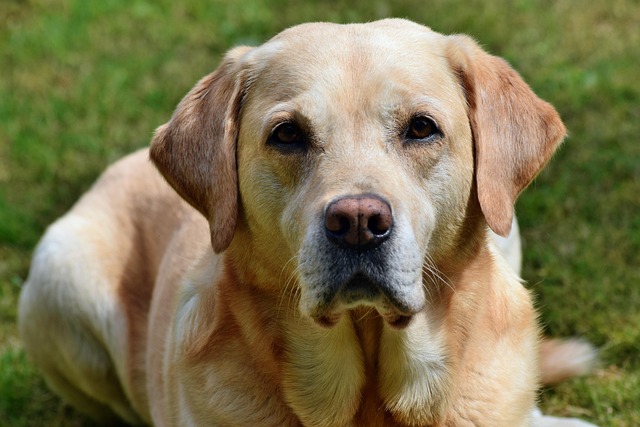
The application process is just as important as the product itself. After a thorough shampoo and rinse, apply your chosen conditioner from the mid-lengths to the tips of the fur, carefully avoiding the eyes and inner ears. Use this time as a bonding exercise. Massage the product in gently with calm, reassuring words and follow up with a high-value treat for good behavior. This positive reinforcement transforms a potentially stressful grooming session into a trust-building activity, perfectly aligning with the force-free, reward-based training ethos that is the standard in modern American and European pet care. Never resort to holding your dog down, as this creates fear and anxiety around grooming.
This mindful approach to care extends to your broader responsibilities. Keeping your dog well-groomed with healthy skin isn’t just about aesthetics; it’s a matter of community health and compliance. Before any visit to a professional groomer—which is a great resource for product recommendations—you must ensure your dog’s rabies vaccination is up-to-date, as this is a legal requirement for such services in all U.S. states. A dog with a clean, conditioned coat is also less likely to shed excessively and will spread less dander in your apartment building’s common areas and during visits to outdoor cafes. Furthermore, a comfortable, itch-free dog is calmer and easier to manage on a leash, ensuring you can always maintain control and diligently clean up after them, a non-negotiable civic duty enforced by local ordinances.
Ultimately, choosing the right conditioner is an act of preventative health care. Whether you opt for a trusted commercial brand or a vet-approved natural rinse, you’re actively contributing to your dog’s skin health and overall comfort. By integrating this step into a positive and patient routine, you’re not just detangling fur—you’re upholding the highest standards of thoughtful pet ownership and ensuring your furry friend is a welcome member of your community.

You might laugh when your Pomeranian waddles over to beg for a bite of your morning toast, but that extra fluff could be hiding excess weight—something that sneaks up fast on these tiny, fluffy breeds.
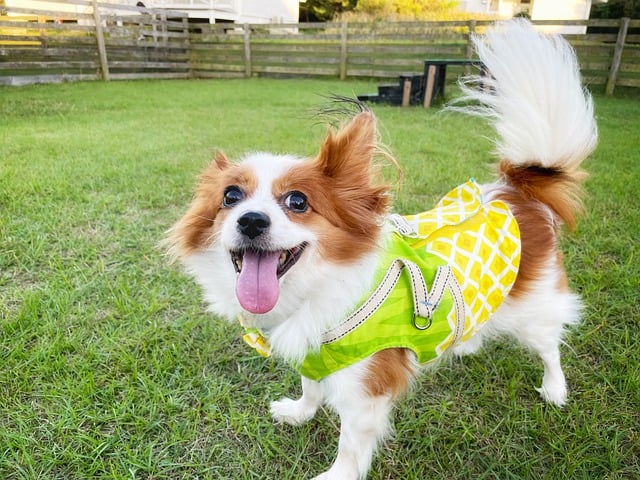
Most dog owners have stared at an untouched food bowl or full water dish and wondered if they should panic. The answer depends on whether we’re talking about food or water—two needs that aren’t equal when it comes to survival.
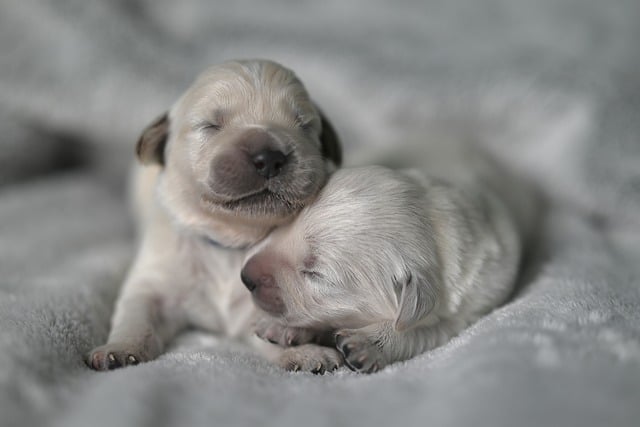
Goldendoodle puppies start with a soft, fluffy puppy coat that feels like teddy bear fur—but don’t get too attached.
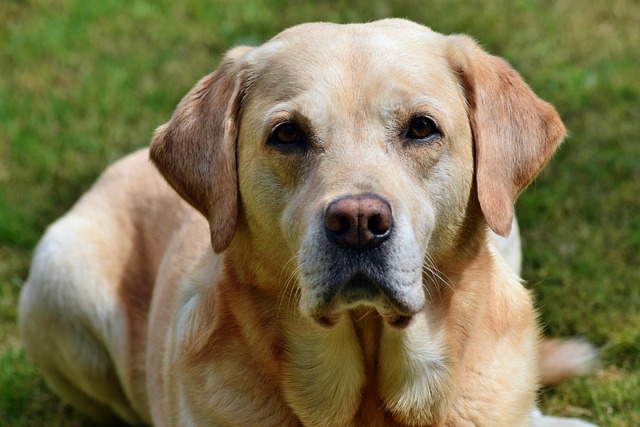
You’ve just finished shampooing your Standard Poodle in the tub, and while her curls are clean, they look a little frizzy and feel rough to the touch.
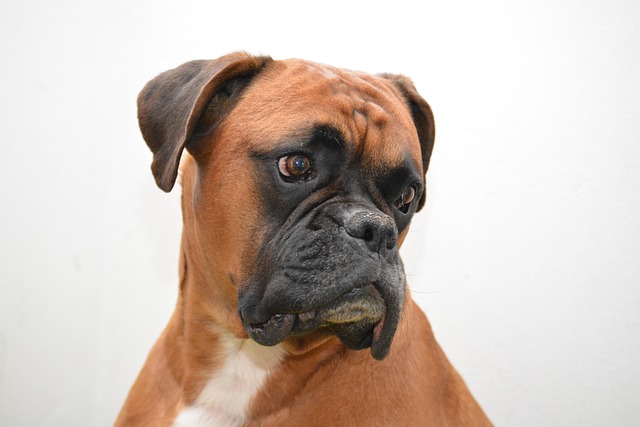
Most dog owners don’t realize hookworms thrive in warm, moist areas—like the grassy parks where pups love to roll or the muddy patches after rain.
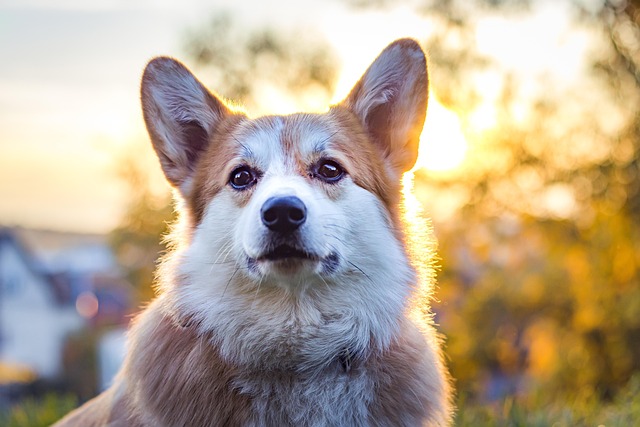
Morning light filters through the kitchen window, and a medium-sized dog with a fluffy coat curls up at your feet while you make coffee—this is a common sight with Shetland sheepdogs.